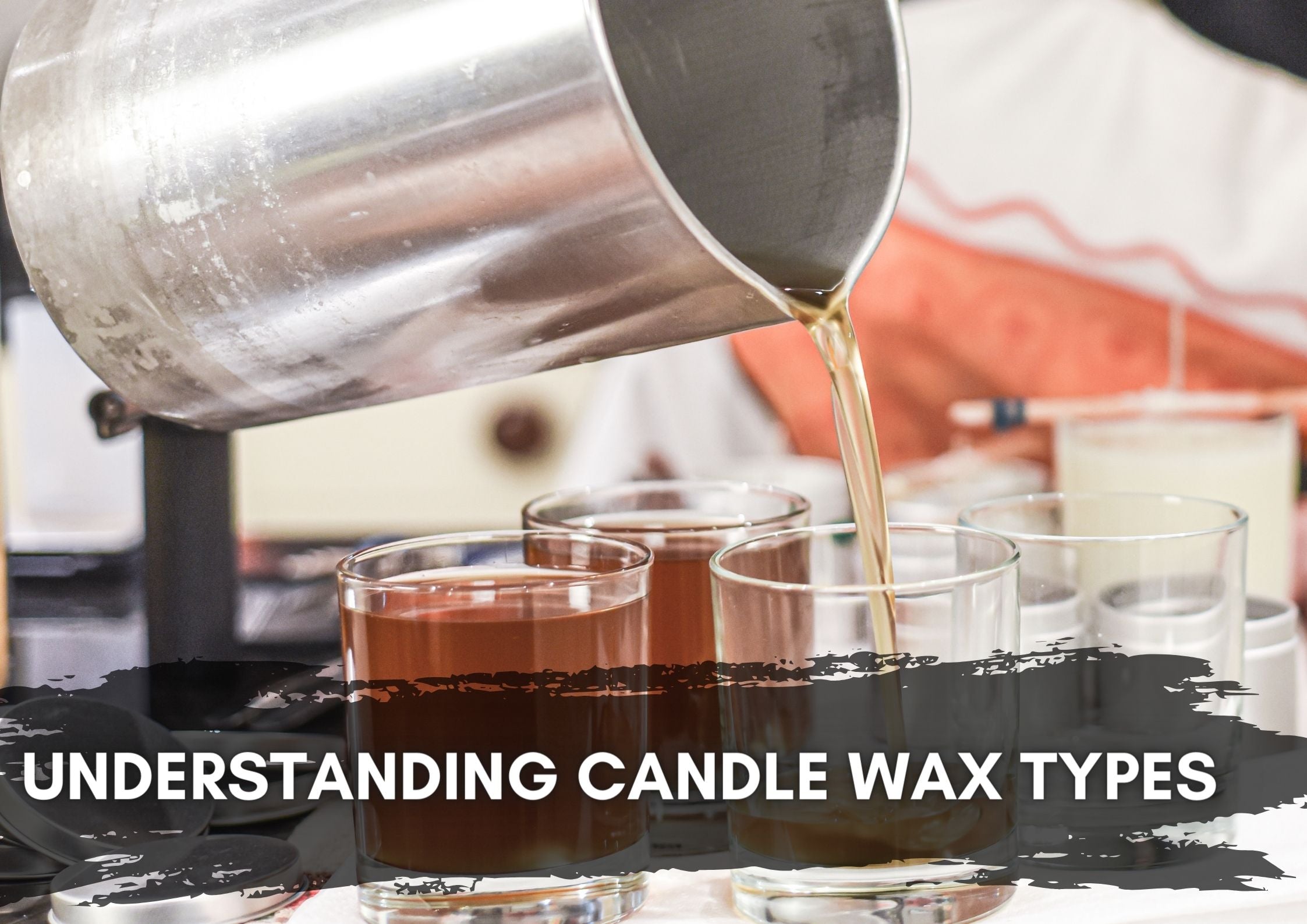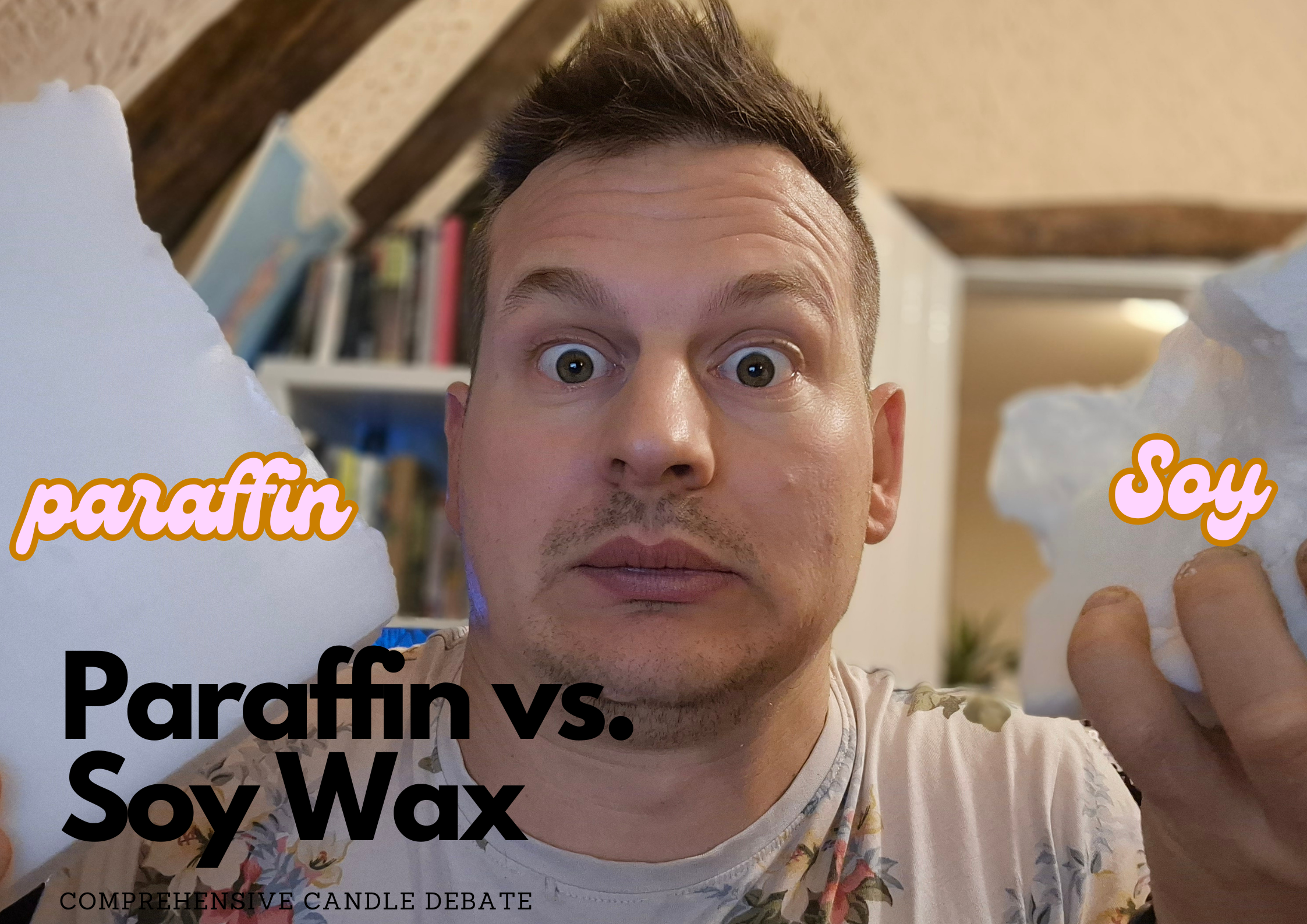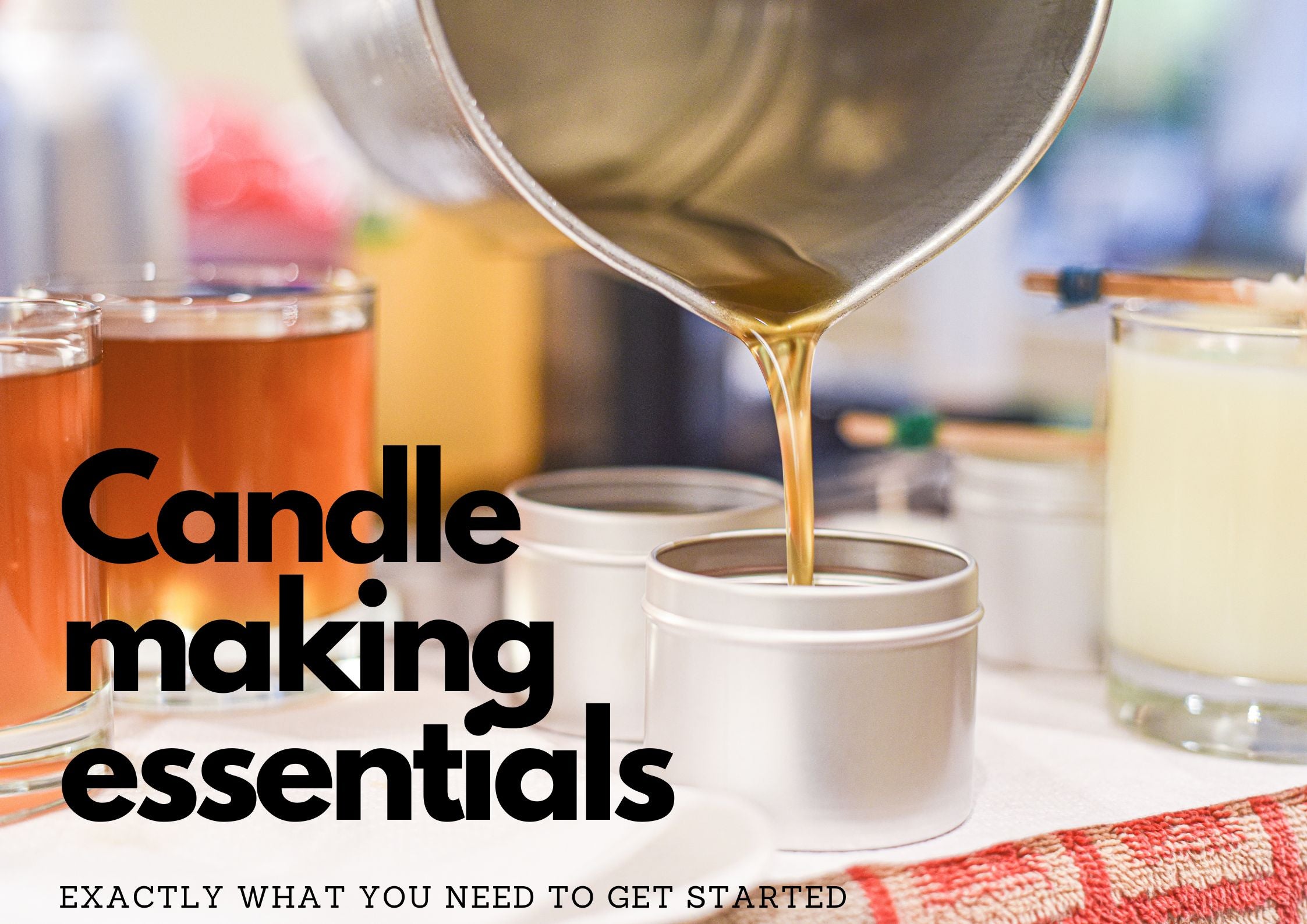Types of candle wax
Sep 05 , 2023
The Comprehensive Guide to Candle Wax: Types, Costs, Pros, and Cons
Candle making is a delightful and creative craft that offers a sensory experience like no other. Whether you're a seasoned chandler or just starting, one of the critical choices you'll face is selecting the right candle wax. With numerous options available, it can be overwhelming. In this guide, we'll dive deep into the world of candle wax, exploring the most common types, their average costs, pros, and cons, as well as some common pitfalls to avoid.
Understanding Candle Wax Types
Candle wax serves as the fuel for your candle, dictating how it burns, its scent throw, and even its appearance. Here are some of the most popular candle wax types:
1. Paraffin Wax
Average Cost: Paraffin wax is the most budget-friendly option, typically ranging from $3 to $8 per pound.
Pros:
- Affordability: It's cost-effective, making it ideal for beginners.
- Scent Throw: Paraffin wax has excellent fragrance-holding capabilities.
- Versatility: Works well for various candle types, from pillars to container candles.
Cons:
- Non-Renewable: It's derived from petroleum, which isn't sustainable.
- Soot: Paraffin candles may produce more soot than other waxes.
- Environmental Concerns: Some people prefer more eco-friendly options.
2. Soy Wax
Average Cost: Soy wax tends to be slightly pricier, ranging from $7 to $10 per pound.
Pros:
- Renewable: Made from soybean oil, it's a sustainable and eco-friendly choice.
- Clean Burn: Soy candles generally produce less soot and smoke.
- Fragrance Compatibility: Soy wax holds fragrances well.
Cons:
- Temperature Sensitivity: Soy wax can be sensitive to temperature fluctuations.
- Texture Variability: The texture may vary between batches.
- Adherence: It may require additives for good adherence to containers.
3. Beeswax
Average Cost: Beeswax is on the pricier side, ranging from $10 to $15 per pound.
Pros:
- Natural Aroma: Beeswax carries a pleasant, natural honey-like scent when burned.
- Sustainability: It's a renewable resource that supports beekeeping.
- Long Burn Time: Beeswax candles tend to burn slowly.
Cons:
- Cost: It's more expensive than other waxes.
- Limited Scent Options: Fragrance choices are somewhat limited.
- Texture: Beeswax can be challenging to work with due to its hardness.
4. Palm Wax
Average Cost: Palm wax falls in the mid-price range, typically ranging from $6 to $12 per pound.
Pros:
- Aesthetic Appeal: Creates visually stunning crystalline candles.
- Sustainability: Sustainable palm wax is available, sourced from responsible plantations.
- Hardness: Palm wax results in sturdy candles that resist heat.
Cons:
- Texture: It can be brittle and challenging to work with.
- Limited to Containers: Often used for container candles due to its properties.
- Environmental Concerns: Ensure it's sustainably sourced to address deforestation issues.
5. Gel Wax
Average Cost: Gel wax is generally priced between $5 and $10 per pound.
Pros:
- Transparency: Gel wax is transparent and excellent for crafting decorative or themed candles.
- Safety: Gel candles don't drip when burned.
- Fragrance and Color: It can hold fragrances and colors effectively.
Cons:
- Limited to Containers: Gel wax is primarily used for container candles.
- Density: It can be denser than other waxes, affecting scent throw.
- Safety Measures: Extra precautions are needed when working with gel wax due to its high melting point.
Top 5 Candle Waxes for Different Candle Types

-
Best for Container Candles: Soy Wax
- Affordable, eco-friendly, and clean-burning.
- Ideal for jar or tin container candles.
-
Best for Pillar Candles: Paraffin Wax
- Budget-friendly and offers excellent fragrance retention.
- Perfect for crafting sturdy pillar candles.
-
Best for Unique Aesthetics: Palm Wax
- Creates visually stunning crystalline candles.
- Best for decorative and artistic candle designs.
-
Best for All-Natural: Beeswax
- Natural aroma and sustainable.
- Great for those seeking an eco-friendly option.
-
Best for Creative Designs: Gel Wax
- Transparent and ideal for themed or decorative candles.
- Excellent for crafting unique and eye-catching designs.
Frequently Asked Questions
Q1: Can I mix different waxes to create custom candles?
- Yes, blending waxes allows for customization, but it requires testing to achieve the desired properties.
Q2: How do I choose the right wick for each wax type?
- The wick size depends on the candle's diameter and the wax type. Conduct burn tests to determine the ideal wick size.
Q3: What's the most common mistake when working with paraffin wax?
- Overheating paraffin wax can lead to discoloration and uneven burning. Monitor the temperature closely.
Q4: Are there any environmental concerns with palm wax?
- Yes, unsustainable palm wax production can contribute to deforestation. Ensure you source sustainable palm wax.
Q5: Can I add essential oils directly to the wax?
- It's best to add essential oils to the wax during the fragrance phase for even distribution.
Common Pitfalls to Avoid
-
Overheating: Allowing wax to overheat can result in discoloration and uneven burning. Maintain the recommended temperature range for your wax.
-
Improper Wick Sizing: Using the wrong wick size can lead to issues like tunneling or excessive sooting. Always conduct burn tests to determine the correct wick size.
-
Ignoring Sustainability: Be mindful of the environmental impact of your wax choice. Opt for sustainable options when available.
-
Inadequate Testing: Skipping burn tests and fragrance compatibility tests can result in disappointing candles. Always test your recipes before production.
-
Safety Neglect: Candle making involves hot wax and open flames. Follow safety guidelines diligently to prevent accidents.
Choosing the right candle wax is a crucial decision that impacts your candle's performance, appearance, and scent. Consider your priorities, budget, and the type of candles you want to create when making your selection. With the right wax and knowledge, your candle-making journey will be both enjoyable and rewarding.





